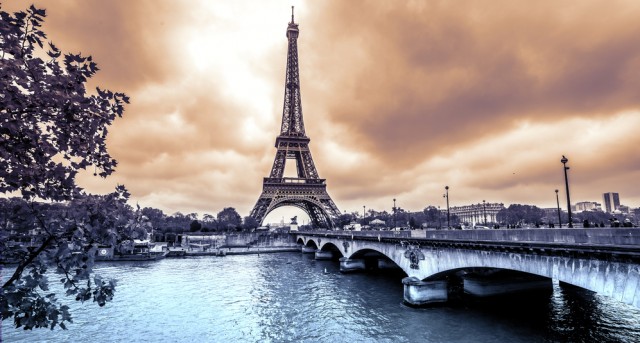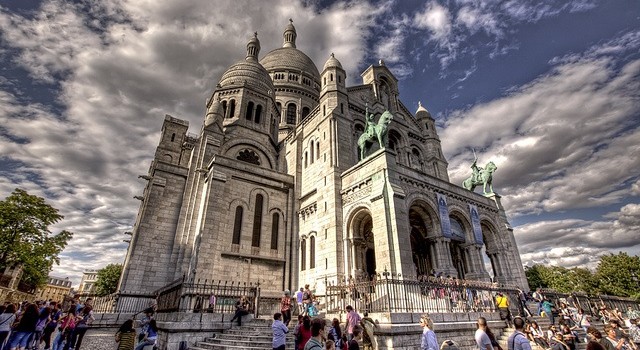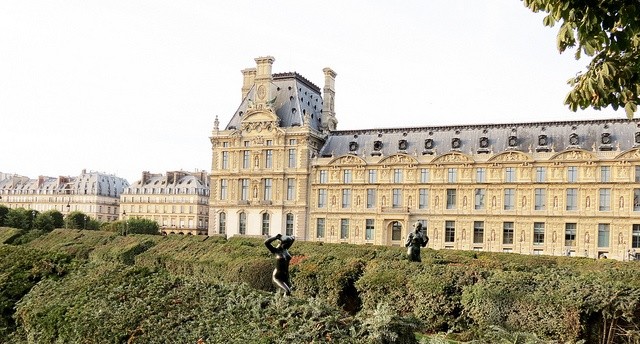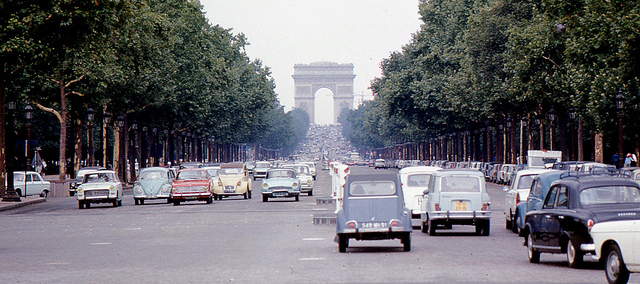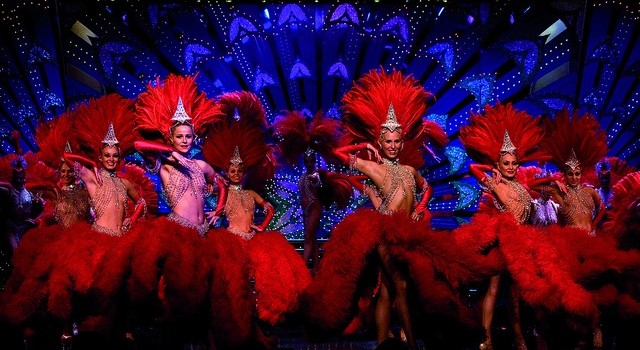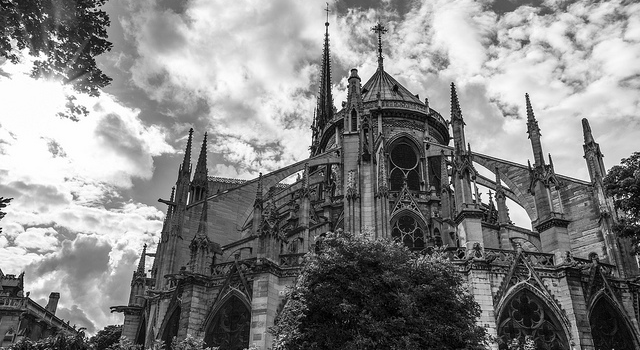 the Travel Enthusiast
the Travel Enthusiast
- 09 Mar
Paris with its Avenues
The French capital gained it’s present aspect from the XIX century.
The poet, Heinrich Heine wrote about Paris ” Life is so beautiful on the banks of the river Seine, in Paris” while Hemingway described it as “An unforgettable celebration”. There’s no other city loved with much passion, because it offers a numerous exhibition, a picnic at the bank of Seine, a lunch at Lipp brasserie or a just sitting at the stairs of Sacre Coeur. (exhibitions; sitting on the stairs)
In the 13th century BC, the Celts were interested about the little islands on the Seine, which is nowadays the center of Paris, later the Romans also established a settlement called Lutetia Parisiorum. The invading Franks started building the city in the 3rd century, because by the X century they wanted this city to become the royal residence, the most important city of France, a role after the moving by Louis XIV of France also known as “The Sun King” of the gardens of Versailles. Paris, was the place where the French Revolution started.
The city on the banks of Seine is one of the most well known touristic destinations in the world not only of its art and culture, but also for it’s cuisine.
Many visitors prefer to walk at the St Germain-Des-Pres or to participate in or to do an existential debate at the Cafe de Flore. The Neighborhood or the monastery itself attracts many painters and writers, owning numerous art galleries.
The Sorbone Turbulence
The Latin district with its surroundings is dedicated to education. The left bank (la Rive Gauche) is the synonym with a certain philosophy, which is available for the neighboring district also, Montparnasse, with it’s unique streets and it’s legendary Brasserie La Coupole makes no doubt an example. (sentence makes no sense)
In spite of the splendor of the left bank, the right side is more famous because of the location of the Louvre, the symbol of royal power. The Palace has become a museum after the revolution, guarding nowadays about 4.000.000 masterpieces, one of them being the Gioconda (Mona Lisa). (extra space between words, repetition of ‘the’) The Tuileries Garden extends from the Louvre to the Place de la Concorde. This beared the the following months after the destruction of Bastille, the name Place de la Revolution, and here were lied the guillotine. (repetition of ‘the’, sentence makes no sense in general)
- Flights
- Hotels
- Packages
- Cars
- Cruises
travel search by Travelgrove (get this widget)There many decapitations took place, many aristocrats, like Marie Antoinette were executed.
The Champs-Elysees boulevard, with its boutiques and expensive shops expands from here to the Napoleonic Arc de Triumph, constructed as a celebration for the victory at Austerlitz.
The Skid of Marais Neighborhood
Those who encounter the road to the Opera from the Place de la Concorde will go through the Place Vendome, cornered by with well organized public buildings with it’s huge free space.(by with –> by; it’s –> its) Place de l’Opera being immense compared to the “undercovered” Place Vendome, like only at night comes to peoples dimension. (sentence makes no sense)
For those who visit Paris for the first time, the Marais neighborhood is a treat, with stores and gardens and also with its refined Places de Vosges. The renowned diversity of the city of the city can be ilustrated at the Montmartre, especially when the zone is visited downwards because of it’s abrupt streets.(of the city -repeated; illustrated; it’s –> its)
The hilly streets, with their fruit and vegetable stores, with bars and lovely fashion boutiques drive you to Mons Martyrium with the Sacre Coeur being there, a meeting place for young people, which also offers you an outstanding panoramic view of the whole city.
Life at Place du Tertre, where painters are installing their belongings to start their works is filled with color. The famous cabaret Moulin Rouge, which is situated near and also where Henri de Toulouse-Lautrec painted for the first time the dancers of Cancan, reminding us the fact that the hill is very windy. (what does this have to do with Toulouse-Lautrec’s paintings? + extra space between words – deleted by me, )
Last but not least, the two islands on the Seine river, which can be crossed by the elegant Pont Neuf. (the – not needed; sentence has got no predicate/verb thus its incorrect). At Ile de la Cite lies the cathedral of Notre Dame, the Palace of Justice and the spectacular Place Dauphin.(Cathedral with capital C) Those who visit the less known Ile St Louis will find a pleasant place that they wouldn’t to leave. Paris itself makes you to go back impatiently right after you left it.
You might also like
